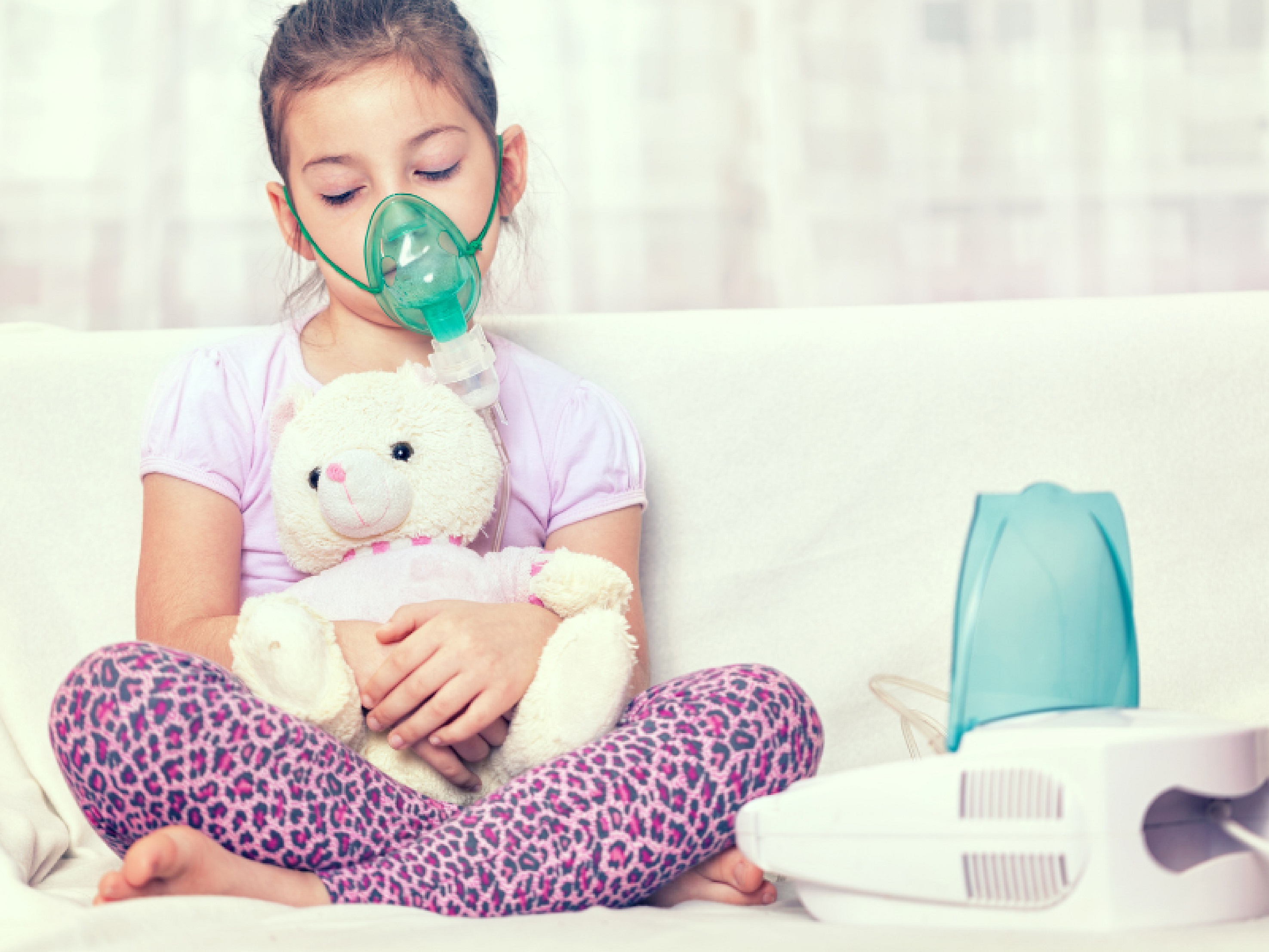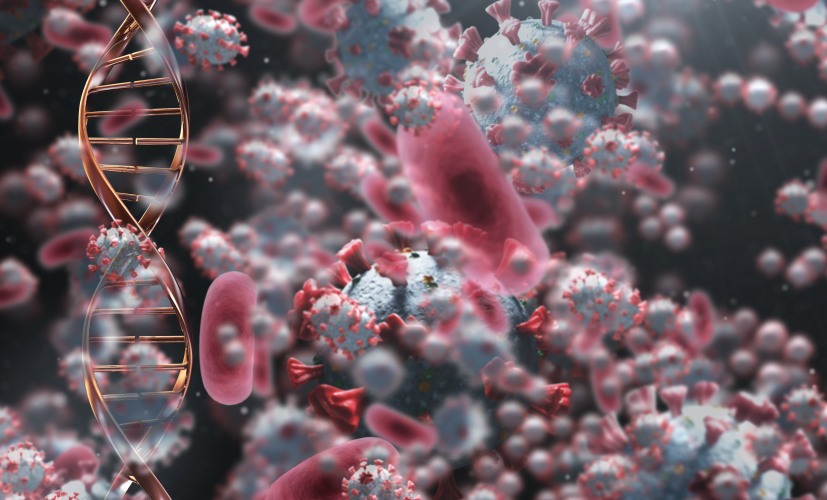
"It might be asthma" is a phrase that often terrifies parents. Specialists tend to avoid using it to prevent unnecessary worry, but when symptoms are present, this is the first diagnosis they consider.
Asthma is a serious diagnosis that significantly changes the lives of both children and parents. It comes with many concerns, as it requires specific treatment, special attention, and careful monitoring. The good news, however, is that the condition can disappear just as suddenly as it appears, without leaving any lasting consequences. Of course, the risks of complications should never be underestimated, but doctors emphasize that childhood asthma should not be viewed as something fatal.
The truth is that asthma is difficult to diagnose in children under the age of five, even for pulmonologists. This is because specific tests and functional breathing assessments cannot be performed on young children. Additionally, the typical cough resembles bronchospasms seen in many other illnesses and cannot always be directly linked to asthma. This is why early childhood asthma is primarily diagnosed clinically, based on thorough and prolonged observation of children, particularly symptoms such as wheezing, shortness of breath, and spasmodic coughing, with or without fever.
Risks
It is believed that children born into families with a so-called allergic predisposition are at a higher risk of developing asthma. Statistics show that if even one grandparent on either the mother's or father's side has hay fever, allergic rhinitis, atopic dermatitis, asthma, or other forms of food allergies, the risk of asthma appearing in the next generation increases by 40%. This percentage doubles to 80% when both parents carry this hereditary predisposition.
On this basis, specialists note that childhood asthma is most often triggered by viruses and less frequently by specific allergens. It is well known that children attending daycare and kindergarten are more frequently exposed to viral infections. For most children, these infections are harmless, but when there is a genetic predisposition, they often lead to recurrent bronchiolitis. These, in turn, irritate the airways, making them more sensitive and increasing the likelihood of asthma development.
Asthma Attacks
Asthma in children does not present with shortness of breath or difficulty breathing as it does in adults. Instead, attacks are characterized by dry or spasmodic coughing, and sometimes sneezing, a red throat, and high fever. The condition resembles a common cold or viral infection, leading many parents to make the mistake of treating the cough at home with syrups or inhalations. However, asthmatic cough has certain characteristics that only pediatric pulmonologists can distinguish. Therefore, it is extremely important that a child's cough is always monitored by a specialist.
Control
It is well known that well-controlled asthma helps young patients and their parents forget about the existing health issue. But what does this actually mean?
Asthma is a chronic disease, and if not outgrown in early childhood, it can persist for life, with the potential for flare-ups or complications. The good news is that with the right approach from doctors and patients, symptoms can become extremely rare over time.
What does "control" mean?
- Absence or minimal occurrence of symptoms
- No worsening of the disease
- Minimal use of bronchodilators to relieve attacks
- Normal daily activities, sports, and exercise
- No school absences
- Good lung function indicators
It is recommended that children with bronchial asthma receive flu vaccinations, that both the child and parents are educated on proper behavior during upper respiratory infections, and that immunotherapy with multi-component bacterial vaccines is administered nasally or orally. Children with asthma should live in a smoke-free environment and avoid public places where smoking occurs.





